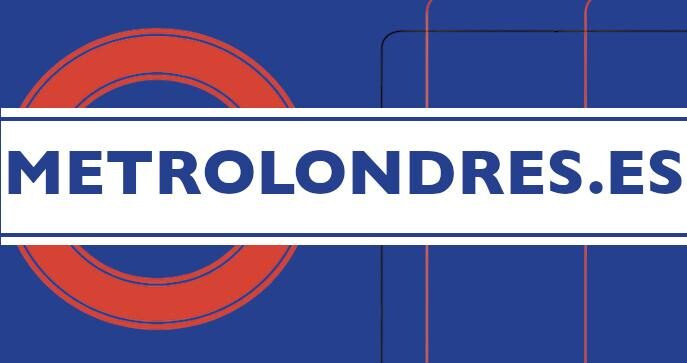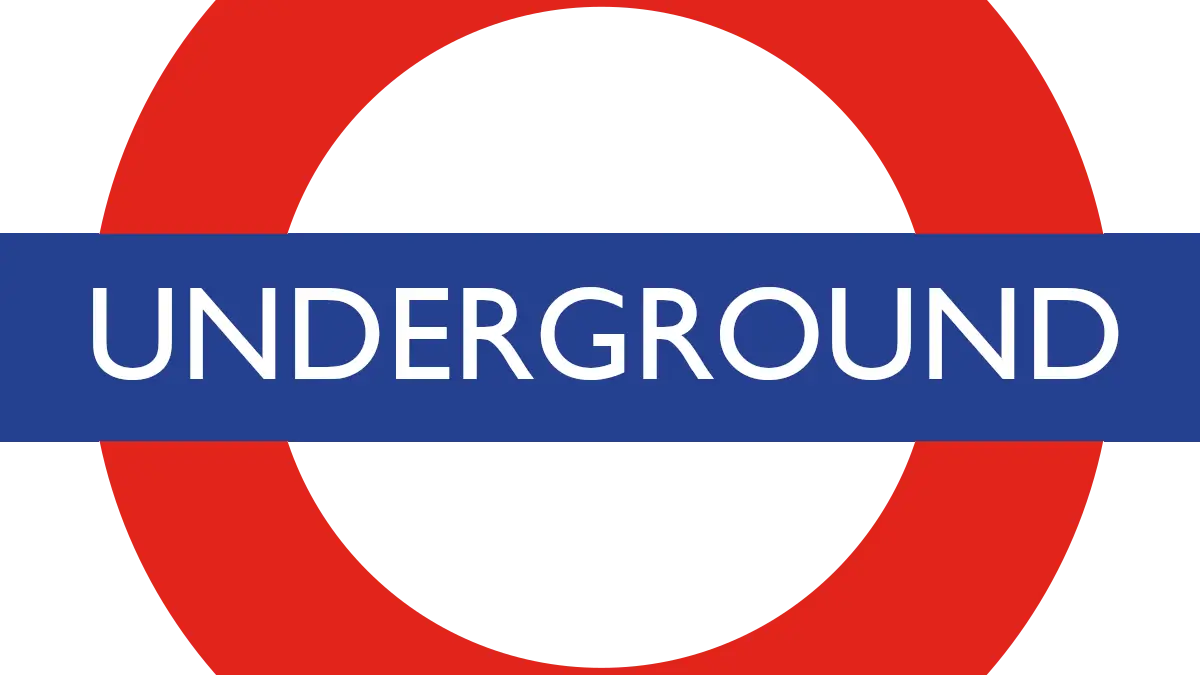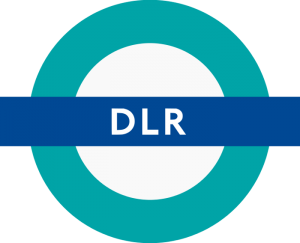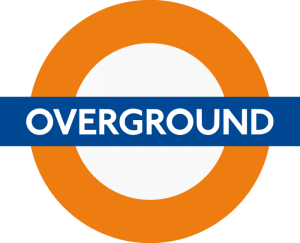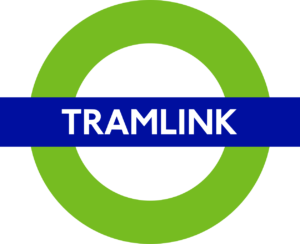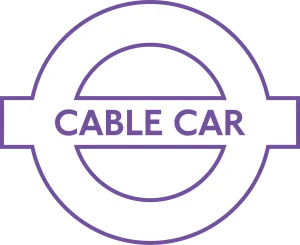www.MetroLondres.es is one of the most comprehensive websites in Spanish about the London Underground. On our site, you will find a wide range of information. You can learn about the origin and history of the London Underground, learn how to use the Underground, consult and download updated as well as historical maps, view images, check timetables and fares, get information on tickets and payment methods, find out which stations belong to each zone, plan your journey, and much more.
What you need to know about the London Underground
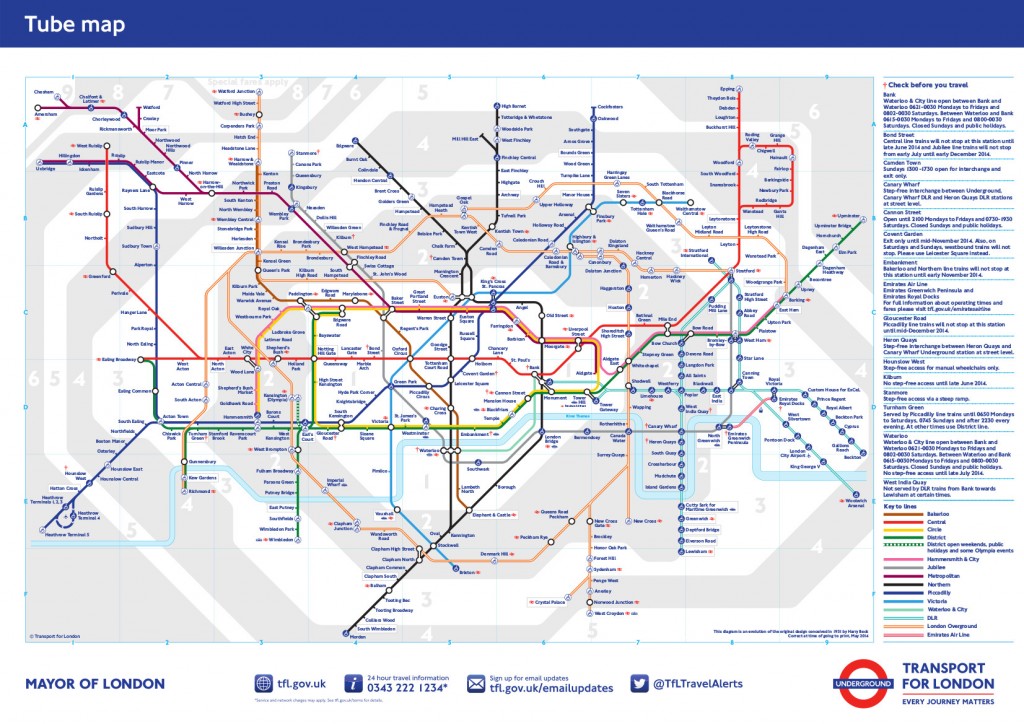
To download an updated version, you can follow this link to the official London Underground website.
Other resources with more information and maps of the London Underground include mapa-metro.com/es and, of course, the Wikipedia.
Lines
The London Underground has 11 main lines: Bakerloo, Central, Circle, District, Hammersmith & City, Jubilee, Metropolitan, Northern, Piccadilly, Victoria, and Waterloo & City. Additionally, the system includes the London Overground and the Docklands Light Railway (DLR).
Stations and Zones
The London Underground has 272 active stations, spread across 9 fare zones arranged concentrically. Most services operate between zones 1 and 6. Zones 1 and 2 cover central London, and if you’re just visiting as a tourist, it’s rare that you’ll need to travel beyond zone 3. The Underground, Overground, and National Rail services extend to zones 7, 8, and 9. Heathrow Airport is located in zone 6.
Network Extension
With over 402 kilometers of track, the London Underground is one of the most extensive transport networks in the world, connecting both the city center and outer suburbs.
Hours and Frequency
The London Underground operates from 5:00 a.m. to midnight Monday through Saturday, and from 7:00 a.m. to midnight on Sundays. During these hours, trains generally run every 2 to 10 minutes, depending on the line and time of day.
Additionally, some lines offer all-night services on weekends, known as the Night Tube, on the Central, Jubilee, Northern, Piccadilly, and Victoria lines.
Prices
In London, fares depend on the zone of origin and destination. The following tickets are valid for travel within the included zones. For example, a ticket for zones 1-3 allows you to take the Underground in zone 3 and exit in zone 1, or vice versa.
Single journey prices:
- Zones 1-3: £4.90 (€5.70)
- Zones 1-5: £5.50 (€6.40)
- Zones 1-6: £6 (€7)
As with all metro systems, buying single tickets is more expensive than using travel passes. That’s why we recommend using Oyster Cards or Travelcards, which will save you a lot on London transport. You can also pay with a contactless card, which works similarly to these cards but without the need to top up. Plus, you can benefit from capping, which is simply a daily spending limit.
As we mentioned, if you’re a tourist, you can benefit from the discounts offered by the London Pass.
Fares on the Underground vary depending on the zone you travel to and the time of day, so it’s advisable to know which zone your destination is in to plan your journey efficiently.
Where to buy London Underground tickets?
You can buy the Oyster Card and Travelcard at the following locations:
- Underground stations
- Oyster Ticket stops
- Some DLR stations
- Visitors Centers located at: Victoria Station, Piccadilly Circus Underground Station, and King’s Cross & St Pancras International
Curiosities about the London Underground
- The London Underground is known as “The Tube” due to the cylindrical shape of the tunnels where the trains operate.
- It is the oldest metro system in the world, having begun operations on January 10, 1863.
- It does not operate on December 25th, Christmas Day, being one of the few days when the network is completely closed.
But these are not the only curiosities. There are many more… You can read about them in the Curiosities section of our website.
Tips for Traveling Like a True Londoner
If you want to get around London like a true local, we offer lots of tips. Here’s a sample:
- Use an Oyster Card or a contactless card to pay for your journeys. You’ll save a lot compared to buying single tickets.
- Avoid rush hours (7:30 to 9:30 and 17:00 to 19:00) if possible. The Underground can be extremely crowded during these times.
- Take advantage of complementary transport options like the DLR and London Overground, which are integrated into the Underground network.
- If you plan to visit several tourist attractions, consider getting a London Pass, which not only includes entry to many attractions but also allows you to use public transport unlimitedly.
- If you’re traveling with your pet, make sure it’s well-controlled (in a carrier or on a leash). Most lines allow pets, but it’s best to avoid rush hours.
- The London Underground is constantly working to improve accessibility. Many stations now have elevators and ramps. Check the accessibility map on the Transport for London website to plan your journey.
